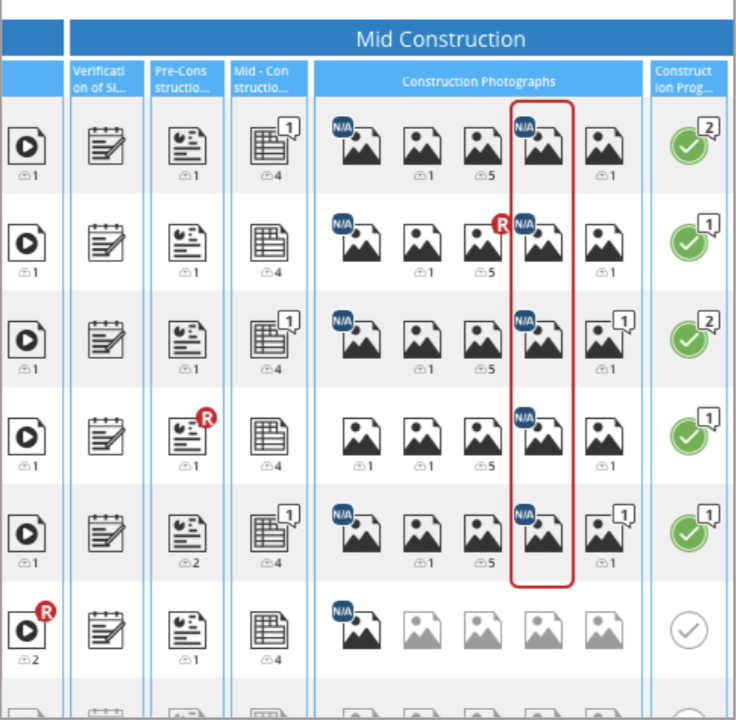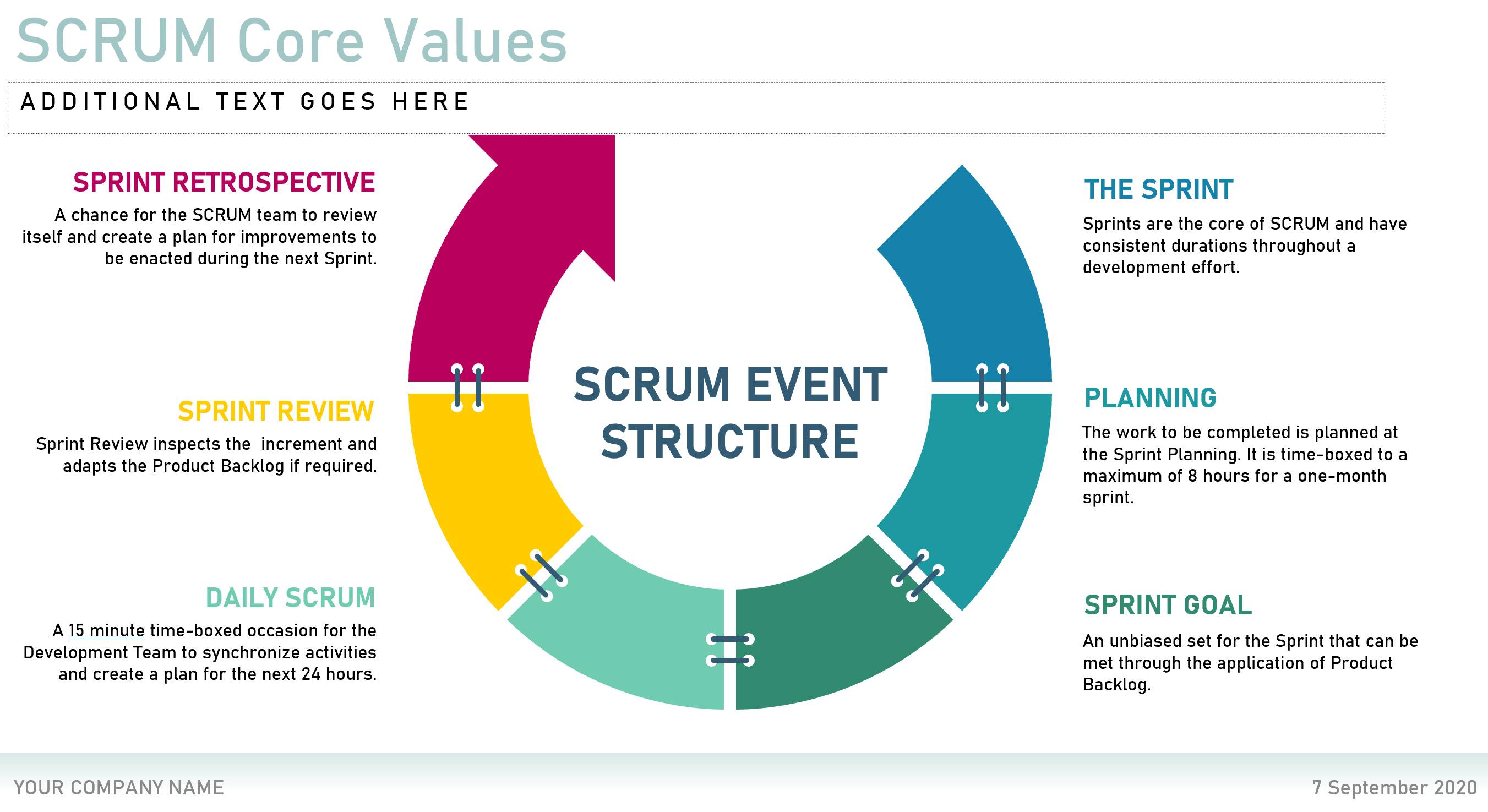

Owners should invest in keeping staff aligned to the oversight mental model. As demonstrated by John, it can result in project owners facing additional liability, avoidable change requests, and litigation. Personnel who do so are out of role and undermine the project management team’s authority. In general, this means owner-oversight personnel should not insert themselves into the project’s framework by directing or redirecting supervisors, workers, or project team leadership. Owner oversight exists independently-outside the project organization’s agency-and is not governed by the project’s program of processes, procedures, policies, and protocols except as bound by mutual agreement. Most importantly, oversight professionals must remember that they are not agents of the project. ” should invoke skepticism and raise alarm in any good oversight professional. The statement, “I know what the procedure says, but. It was the project team’s responsibility to determine the method of investigation and the criteria for continuing the evolution. Instead, he should have demanded that the project team investigate his valid concern with all resources available to them. In doing so, John substituted his judgment for what should have been the project team’s responsibility.

In the example above, John’s instincts about the power range indication were correct however, he was wrong to abandon his oversight role. The question is were John’s actions acceptable? Why or why not? What should he have done differently? John’s intuition was right all along, but his action resulted in the plant operating for hours with a faulty power range indication. The plant was shut down and the fault was repaired. He then granted the permission to proceed and then diligently documented the event in his oversight log.Īfter eight hours of power range operation, it turned out the power range indication was indeed faulty. John could hear the CO say, “Make sure he understands this ship is already a month behind its deployment schedule and every minute counts.”įeeling the pressure, John made a deal with the ship’s engineer and the CTE: “Test these points in the instrument drawer, and if they are within specification, you may proceed.” With John closely observing, the points tested satisfactorily. The engineer informed the CO that the Naval Reactors representative paused the startup due to concerns about power range readings. After a few minutes of review, the commanding officer (CO) of the aircraft carrier called down to the control room and asked about the delay. John was a qualified engineer on this plant and was not convinced, so he asked to see the applicable schematics. The CTE stated, “I know what the procedure says, but the prime contractor is convinced this is an expected condition until the power range detectors are aligned later in the procedure.” The prime contractor chimed in, “I saw the same thing a couple of years ago during similar testing I wouldn’t worry about it until after the detector alignment.” In the end, the ship’s engineer, prime contractor, and CTE all agreed the out-of-specification was not an immediate problem and the startup could continue. The startup procedure halted, and a discussion ensued. John raised this issue with the ship’s engineer, the prime contractor, and the shipyard’s chief test engineer (CTE). The difference between the power range indications appeared to be out of specification. After the plant reached critical operations, John noticed that the power range indications were not in agreement.
Project oversight professional#
Naval Reactors assigned John as an oversight professional to oversee the initial reactor startup of an aircraft carrier following power range detector replacement. Let's begin with a hypothetical example of how oversight professionals can be lured out of their role. This article explains how project oversight differs from project management.


 0 kommentar(er)
0 kommentar(er)
